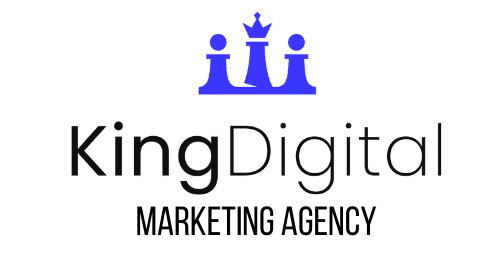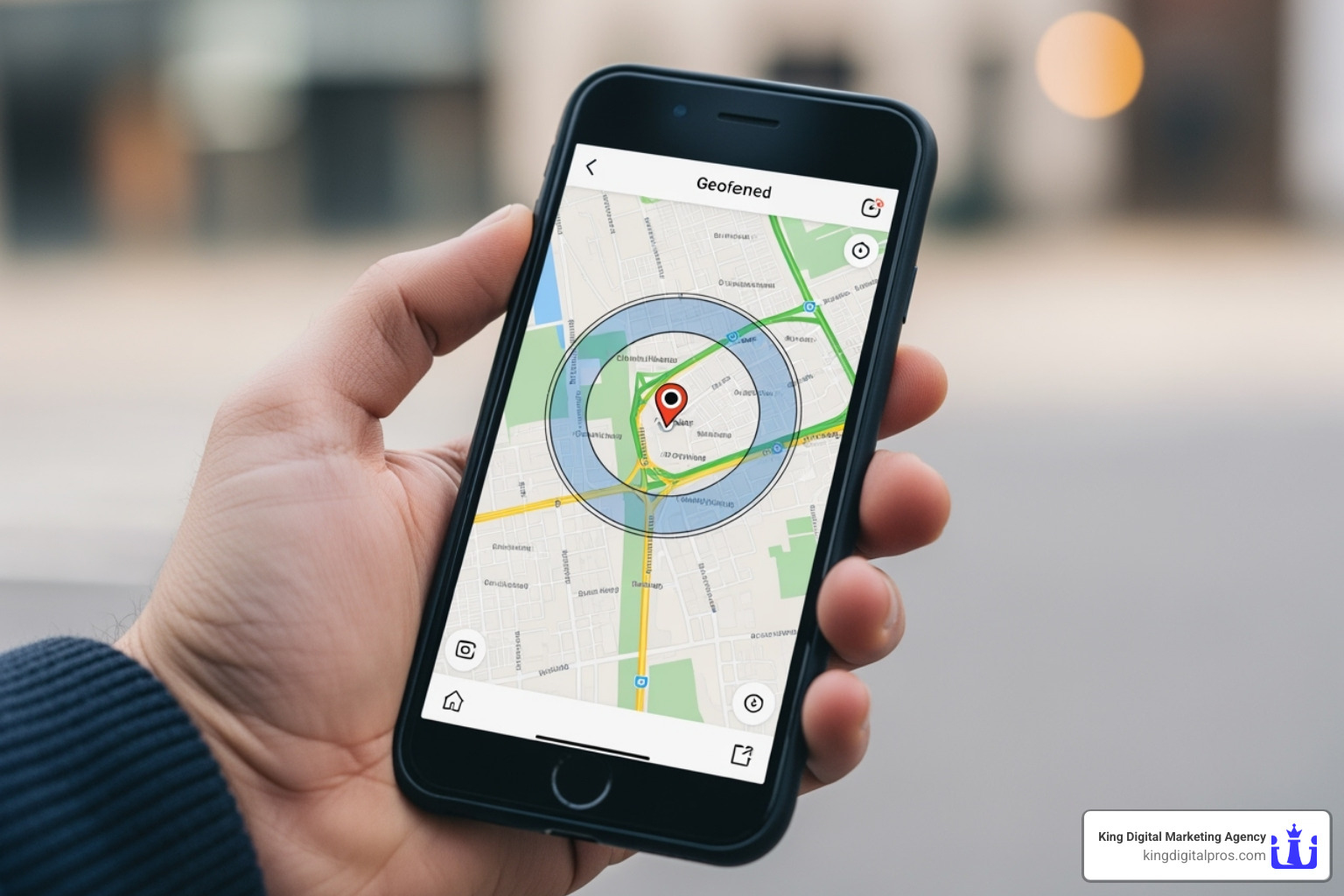Why Free Geofencing Marketing Software Matters for Local Businesses
Free geofencing marketing software helps local businesses target customers by location without upfront costs. This guide explores the top free options:
- Radar – 100,000 free requests/month with geocoding and trip tracking
- AbstractAPI – 1,000 free geolocation requests/month
- Google Maps Geofencing API – Generous free tier for app developers
- Qujam – Self-serve geofencing ads with no minimum spend
- Mapbox – Geofencing capabilities with a free tier
Geofencing creates virtual boundaries around real-world locations, like your store or a competitor’s. When a potential customer enters this zone, it triggers a targeted ad or notification on their smartphone. With 92 percent of US smartphones compatible with this technology, your audience is ready. Unlike broad advertising, geofencing is precise, reaching people when they are near your business and ready to buy.
Historically, geofencing was expensive, but that has changed. Several platforms now offer free tiers, allowing small businesses to test location-based marketing risk-free.
I’m Bernadette King, founder of King Digital Marketing Agency. I’ve helped local businesses use these tools to compete effectively. This guide will show you the best free options and how to use them.
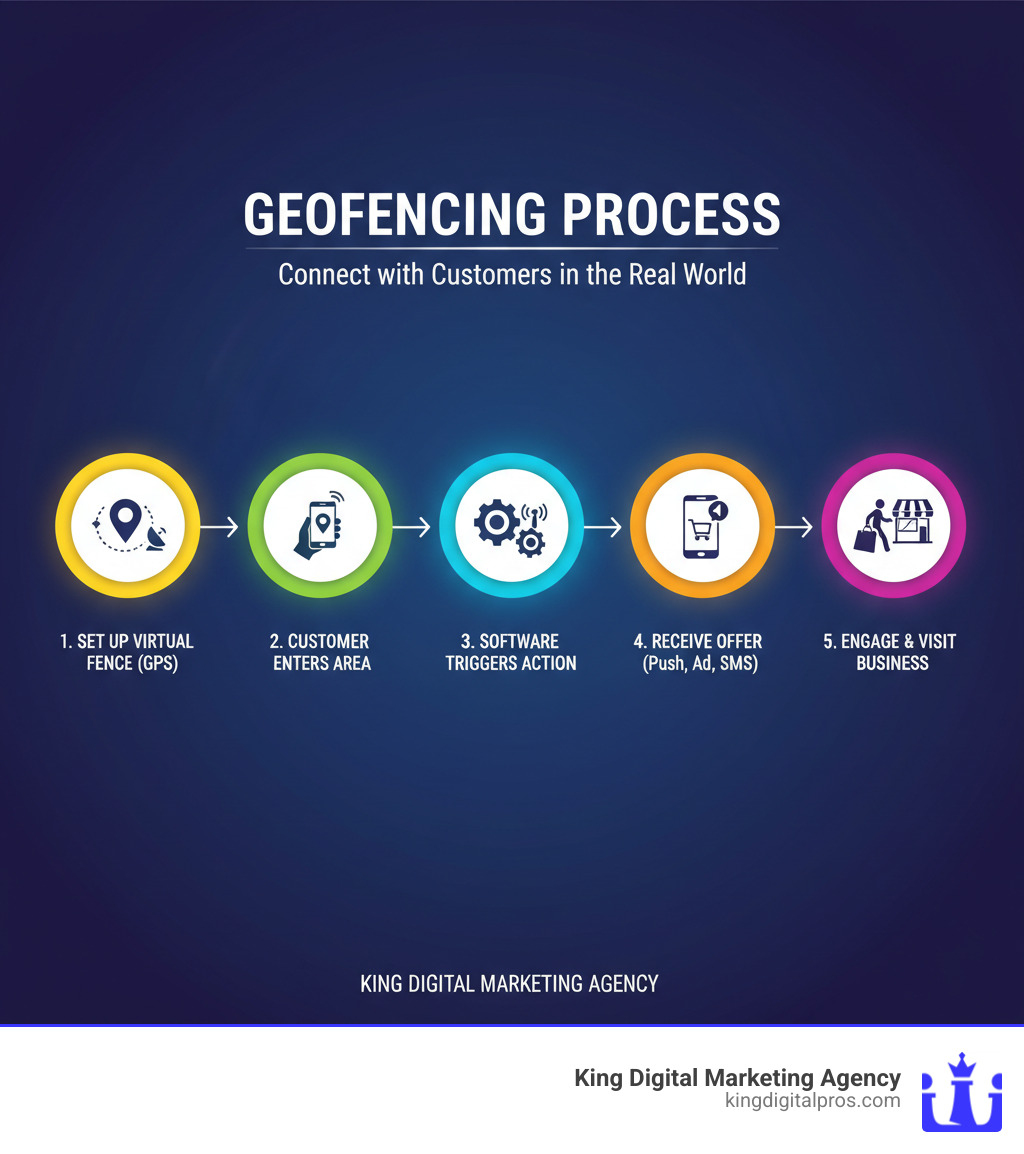
Why Start with Free Geofencing Software?
For local businesses, free geofencing marketing software is a smart strategic move, not just a budget-friendly choice. It provides a risk-free testing ground to validate location-based campaigns before committing financially.
The core benefit is hyper-local targeting. Instead of broad advertising, you can send an offer to someone’s phone as they walk past your store or a competitor’s. This precision helps attract more customers by reaching them at the perfect moment, driving real foot traffic.
Geofencing also boosts customer engagement. A timely, relevant message, like a lunch special at noon, feels helpful, not like generic advertising, building stronger brand connections.
Even free tools offer valuable location data, revealing customer traffic patterns and peak hours. With smartphone adoption continually growing, as noted by the Pew Research Center, this marketing channel is increasingly effective.
Major brands like Starbucks and Johns Hopkins have proven the model, and now free tools make the same principles accessible to small businesses. As you start, review the Federal Trade Commission’s guidelines on mobile marketing to ensure responsible data use. Free software lets you experiment and learn, proving the concept before you invest.
Top Free Geofencing Marketing Software Options to Explore
Choosing the right free geofencing marketing software depends on your technical resources and goals. Here are the top options, broken down by type.
Developer APIs with Generous Free Tiers
If you have a mobile app or developer, APIs offer maximum control.
- Google Maps Geofencing API: A top choice for developers, Google’s Geofencing API offers excellent accuracy and battery management. It’s ideal for building location-aware features directly into your app, with a free tier for basic use.
- Mapbox Geocoding API: Known for converting addresses to coordinates, Mapbox also provides geofencing capabilities. The Mapbox Geofencing Labs platform is great for creating custom maps with defined geofenced zones.
- AbstractAPI: This tool offers 1,000 free geolocation requests per month. It’s perfect for smaller apps or for supplementing other tools with IP-based location lookups. Combining data sources can improve targeting precision, according to research on geolocation accuracy.
Full-Stack Platforms with Freemium Models
These platforms offer user-friendly dashboards for managing geofences without code.
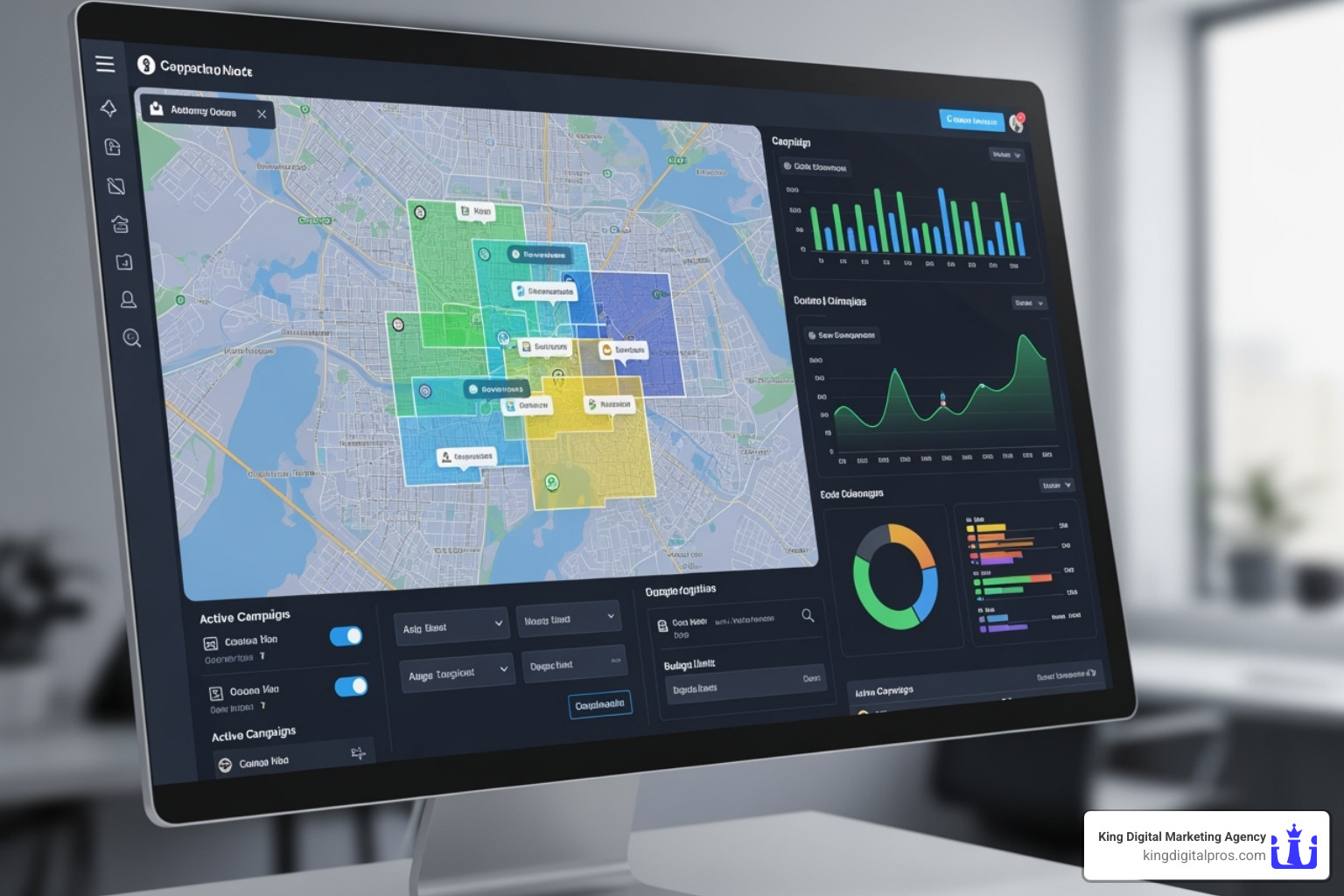
- Radar: An industry leader, Radar provides a comprehensive solution for geofencing, geocoding, and geolocation. Its free tier is generous, with 100,000 requests per month. Trusted by major brands like Panera and Zillow, Radar offers a powerful, ready-made solution that handles the technical complexity for you.
Self-Serve Advertising Platforms with Free Setup
If your goal is running ad campaigns without technical integration, these platforms are ideal.
- Qujam: Billed as “SELF-SERVED GEOFENCE ADVERTISING FOR ALL,” Qujam lets you create a campaign in minutes with no minimum spend. It delivers display, video, and OTT/CTV ads to devices within your geofences. This approach is perfect for businesses focused on Geofencing Marketing who want immediate results without app development.
Key Features and Limitations of Free Tools
Understanding the capabilities and limits of free geofencing marketing software helps you set realistic expectations.
Essential Features in free geofencing marketing software
Even free tools should offer these core functions:
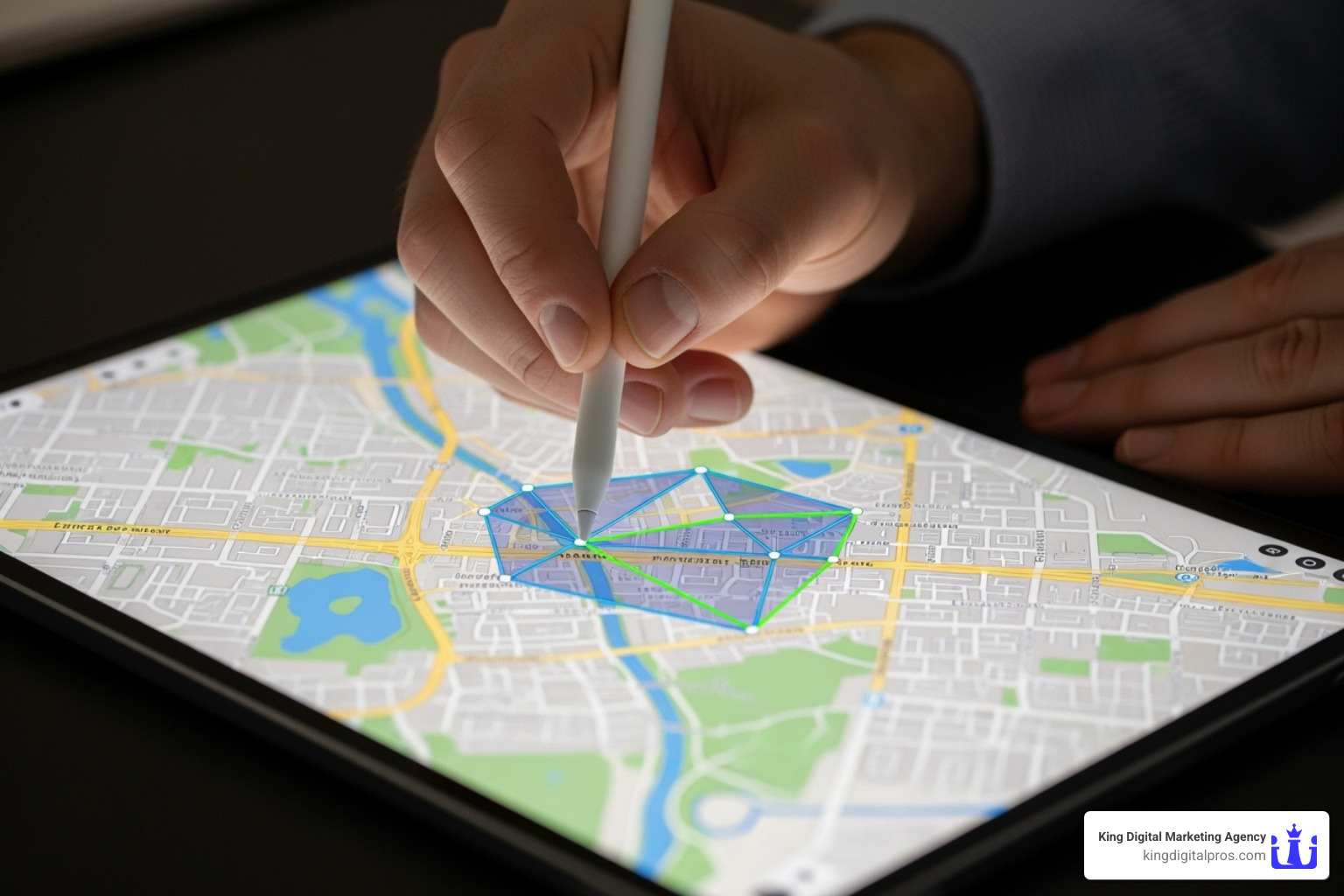
- Custom Geofence Shapes: Draw precise polygons around locations, not just basic circles.
- Real-Time Entry/Exit Alerts: The instant triggers that power immediate offers and notifications.
- Basic Analytics: Reports on entries, engagement, and top-performing locations.
- Easy Integration: Simple SDKs or APIs for developers and intuitive dashboards for non-technical users.
- Dwell Time Tracking: Data on how long users spend in a geofenced area, indicating interest level.
Common Limitations: Free vs. Paid
Free software is a starting point, designed to show value before you upgrade. Expect these common limitations:
- Number of Geofences: Free tiers often limit you to a handful of active geofences, while paid plans offer unlimited fences.
- Request/Notification Caps: Monthly limits (e.g., 1,000 to 100,000) are common. You’ll need to upgrade as your campaigns scale.
- Analytics Depth: Paid versions provide advanced analytics like heat maps, demographic data, and ROI tracking. Free tools offer basic counts.
- Customer Support: Free users typically get community forums or basic email support, while paid subscribers receive priority help.
- Integrations: Paid plans offer seamless connections to CRMs and marketing automation tools, which are often limited or unavailable in free tiers.
- Advanced Features: Geo-conquesting tools, historical location tracking, and A/B testing are usually reserved for paid subscriptions. With over 92% of US smartphones enabled for location services according to Statista, these advanced features help you capitalize on the market more effectively.
Free tools are excellent for learning and testing. As you prove geofencing’s value, upgrading becomes a logical next step. For more details, see our Geofencing Marketing Software Ultimate Guide.
How to Effectively Use Geofencing for Your Local Business
Access to free geofencing marketing software is just the first step; success depends on your strategy. Start by defining a clear goal, whether it’s boosting foot traffic, promoting a sale, or aiming to Grow Local Business by intercepting competitor traffic.
Next, strategically place your geofences where your ideal customers spend time, such as a local farmer’s market or office park. Craft compelling, contextual offers – a bland “Visit us!” won’t work. Instead, try “Fresh croissants just out of the oven – 20% off for the next hour.” Finally, measure your success by tracking clicks, foot traffic, and offer redemptions to refine your approach.
Best Practices for a Successful Campaign
- Target Your Own Location: Welcome customers with a special offer or loyalty program reminder when they arrive.
- Use Geo-Conquesting: Place geofences around competitors to lure their customers away with a better, timely offer.
- Leverage Event Marketing: Target attendees at local festivals, concerts, or sports games with relevant promotions.
- Personalize Your Message: Tailor offers to the user’s context. A study by Salesforce found 47% of consumers are more likely to shop with retailers offering nearby promotions.
- A/B Test Everything: Experiment with different offers, messages, and timing to see what resonates most.
- Include a Clear Call-to-Action: Tell users exactly what to do next, like “Show this notification for 15% off.”
Implementing these practices alongside our Services builds a powerful local marketing engine.
Important Privacy and Ethical Considerations for free geofencing marketing software
Location data is personal, and trust is paramount.
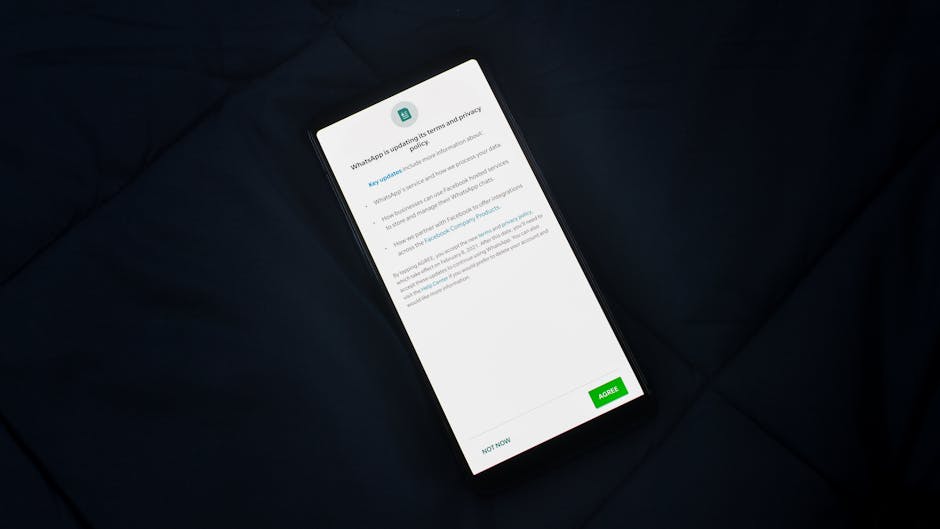
- Mandatory User Consent: Always get explicit, opt-in consent before tracking location. Be clear about what data you’re collecting and why, following standards like GDPR and CCPA.
- Be Transparent: Explain the value exchange: customers provide location data for relevant offers and better service.
- Anonymize Data: Analyze location trends without storing personally identifiable information to protect privacy.
- Avoid Spam: Be respectful with notification frequency. Quality over quantity prevents users from disabling location services.
Building trust is the foundation of effective marketing. Our Geofencing Marketing Meaning Guide explores these concepts further.
Frequently Asked Questions about Free Geofencing
Here are answers to common questions about free geofencing marketing software.
How accurate is free geofencing software?
Free tools are generally quite accurate, often using the same core GPS, Wi-Fi, and cellular data as paid versions. Most can achieve accuracy within 5 meters. However, factors like a user’s phone settings (e.g., battery-saving mode) and environment (e.g., tall buildings in downtown Albuquerque) can affect precision. Reputable providers like Google’s Geofencing API balance accuracy with battery efficiency to protect the user experience. For most local marketing, such as targeting customers near your store in Rio Rancho, the accuracy is more than sufficient.
Do I need a mobile app to use geofencing marketing?
Not necessarily. You can use self-serve advertising platforms to deliver ads to users within your geofences through other apps and mobile websites. This is a great way to start without app development costs. However, having your own app allows for more powerful features like direct push notifications and deeper integration with APIs from providers like Radar. An app gives you a direct communication channel, while ad platforms leverage existing ones.
How does geofencing differ from geotargeting?
These terms are often confused.
- Geotargeting is broad, serving ads to users within a general area (e.g., a 5-mile radius) at the moment of an ad request. It’s reactive.
- Geofencing is specific and proactive. It uses a virtual boundary to trigger an action (like a push notification) when a user crosses it.
Think of geotargeting as a billboard everyone in an area might see. Geofencing is like a doorman handing a personalized coupon to someone as they enter. This proactive, trigger-based approach is why geofencing is so effective for driving immediate foot traffic.
Conclusion
The landscape of free geofencing marketing software is empowering for local businesses. From a boutique in Bernalillo to a restaurant in Ruidoso, powerful location-based technology is now accessible without a large budget. Tools like Google Maps Geofencing API, Radar, and Qujam provide a risk-free entry point into this world.
While free tools have limitations like request caps and basic analytics, they are perfect for learning what works for your business. Strategy trumps technology. Success hinges on smart targeting, compelling offers, and respecting customer privacy. As the Location Based Marketing Association notes, businesses that combine location with personalization see significantly higher engagement.
Always prioritize ethical practices, building trust through transparency and consent, as guided by the Federal Trade Commission.
When you’re ready to scale beyond free tools, King Digital is here to help. We specialize in expert local marketing strategies, from Google Business Profile optimization to advanced Geofencing Software implementations. We turn location data into real-world growth for your business.
The future of local marketing is location-aware. Start small, test your campaigns, and let the results guide you. With free geofencing marketing software, you can finally connect with customers at the right place and the right time.
